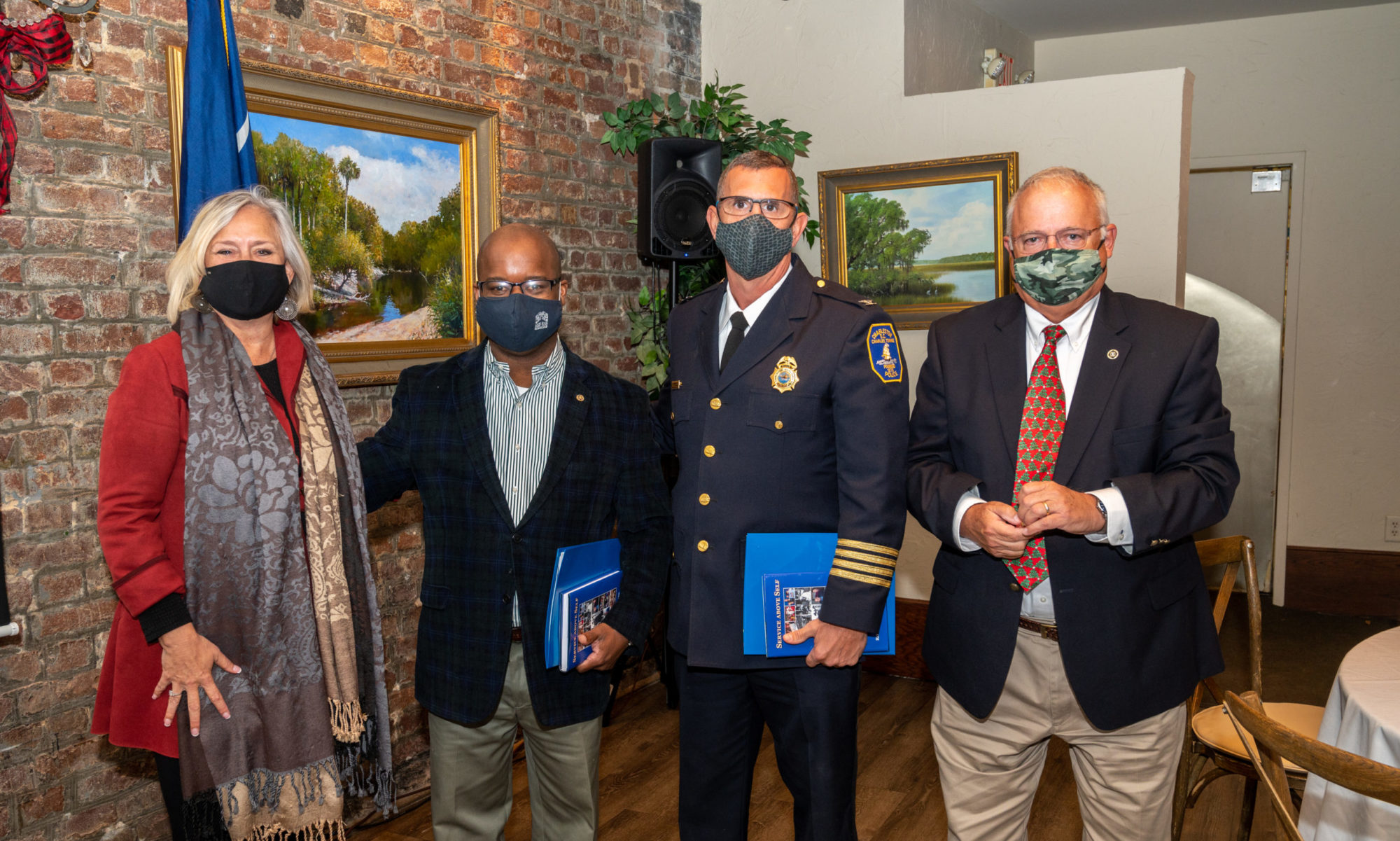What are the issues?
SC Senator Lindsay Graham and Senator Shaw of Florida have emerged as the two leaders in reform pro-
posals. Neither proposal calls for private accounts, but both use index funds, similar to the federal retirement system. Wendt noted that we must be careful for what we wish for: one of the ramifications of investing Social Security monies in the stock market is the role and potential impact of the federal government being so deeply involved in the stock market.
Wendt noted that the Social Security website is rich with historical material dating back to the founding of the system that during the depth of the Great Depression. Among the principles of Roosevelt outlined were that the plan would be tied to work and that the program would be funded. His intention was to soften the blow of the “vicissitudes of life.” The plan was to start collecting taxes in 1937 and start paying benefit to 1942, after accumulating assets. In 1938, a group of Republicans changed the law to start paying out benefits and added disability as a benefit. The result is a mix of a trust and a pay-as-you-go system. In 1983, several changes were enacted to shore up the program, such as slowly increasing the retirement age, increasing the payroll tax, and scaled back benefits.
The real issue, Wendt says, it that human behavior does not lend itself to private accounts. The experience with 401(k) plans has been people make poor investment decisions and use retirement funds for current needs. In addition, the stock market entails risk and timing is everything. If someone has a bad fortune to retire during a down market, they could be left with considerably diminished retirement income.
Wendt thinks that the outcome will be similar to the federal retirement system, which has three or more index funds to choose from and purchase an annuity at retirement. There would be a minimum payout guaranteed by the government. The funding for these plans differs – Graham’s would increase the payroll tax, while Shaw’s would rely on current taxpayers.
Wendt also noted that the key question is what are expectations and whether this will work. The federal government would be the biggest investor of the private stock market, which has enormous ramifications. In addition, there are increased costs administrative costs of transition of politics, which will the objections to what companies are invested in such as tobacco companies, while cigarette so on: the public pressure for exemptions, which is already happened in 401(k) plans; and the impact of risk the role of government in the stock market or a lot in our lives in general.
Regardless of what we do, Wendt concluded, it will cost.
In other business. . .
Patterson Smith gave the invocation and led us in the Pledge of Allegiance, and Sue Sommer Kresse welcomed visiting Rotarians and guests. John Bleecker offered Health & Happiness, and Paul Welborn made an announcement regarding the 2006 District Conference. Joan Ustin introduced our speaker, Robertson Wendt.
— Amy Riley

